More Than Words
Language is powerful. We use language to tell a story, make a point, entertain, argue, and express ourselves. Here at Tomorrow’s Youth Organization (TYO), we use language to build a bridge. A two-way bridge with people coming and going on both sides.
Students of the STEP! II EFL class learn language skills and experience cross cultural connections with TYO international interns and fellows.
Learning a new language can be challenging on a number of levels. For me, the most difficult part of this process is the feeling that you cannot truly express yourself in a language that is not your own. Even if you are fluent, it is not always easy to communicate; language has as much to do about knowing the culture as it does about knowing the actual mechanics and structure of the language. Therefore, language teachers must infuse their classes with culture. Ahmad Bshara, one of our language teachers at TYO and a former Fulbright scholar teaching Arabic in the United States, experiences this in his own classrooms. “The first thing I learned during my time teaching Arabic to students in the United States was that you can’t simply teach language without teaching the culture as well, they both go hand-in-hand. Culture carries part, if not all, of the meaning and this is especially true for Arabic. Certain words and phrases can be indicators for where the speaker is from, while also giving insight about the speaker’s personality, or even the way that he or she was brought up.”
Within culture, we attribute certain values to language and this language evolves within each of us. Consciously or unconsciously, we choose specific words that have special meaning or significance to us; they become a part of our repertoire and we find them frequent players in our own unique dialogues. This personal amassment is often shaped by our community, our culture, our religion, and even our loved ones. When asked why I choose to use a specific word and I usually have to think for a minute. Where did I find that word? Why is that the best way to communicate what I want to say? I often find myself responding, “that’s what my dad says.” But I have to be able to articulate these values in my classroom. An interesting discussion that arose last week was the purpose of graffiti. In my world, graffiti is vandalism or art and is often used to blur the lines of interpretation. Here, graffiti can be vandalism, or art, but it can also be something much more. In a space where the physicality of expression is constrained, graffiti takes on an urgency in a way that is almost alien to me. In many ways, graffiti is the embodiment of a burning need to communicate in a place where personal expression can be limited.
Words also change over time. Translated directly, the word “Insha’alla” means “god’s will,” but this translation can limit what the speaker actually means. As decades pass, words derived from the religious history of the area became as much a part of the language as regular Arabic expressions. You’ll find individuals who commonly use words like Insha’alla, but don’t necessarily intend to attribute a religious meaning; they are simply saying that they hope it will happen. Depending on who you speak to, they could also mean that they will think about it, or even that they want to end the conversation without committing to anything. Insha’alla can be used as a way to control the conversation in a way similar to the French word, normalement—meaning “normally” or “all things being equal.” But in life things aren’t equal and we know it. If you want to dodge someone without getting into conflict, you hide what you really want to say.
Ahmed Bshara helps EFL fellow Kyra to practice Arabic.
When we travel we can feel lost because our ability to participate in these hidden messages is hindered. This is why TYO’s EFL Step II program is so important. Teachers from other countries bring their own values and meanings into their classrooms and, in turn, we pick up the values and meanings behind words in our community. The great joke around TYO that will inevitably make everyone smile is the phrase “och-ay doch-ay”—a rather silly amalgamation of the English slang “okie dokie” and the rural colloquial tendency to substitute the “k” sound for a “ch” sound (also the brainchild of our program coordinator). It is this shared experience that creates a community and a sense of belonging. I might not be able to communicate with Mohamed past “hello” and “how are you,” but we both know and can connect over “och-ay doch-ay” in a way that wouldn’t be nearly as powerful if I know fifty more words in Arabic.
For my own part, I try to be deliberate with the words I choose. In the same way that body language and facial expressions are an important part of communication, language is equally so. I am aware of what values I place on language as well as cognizant of the values my students place on language. For example, I don’t like using the verb “help.” Of course, I hope that my teaching methods are helpful to my students, but the word itself carries a dependency undertone that does not adequately represent my relationship with the students in my class. What I think we, both the teacher and the students, are really doing is creating space—space for communication, for understanding, for growth. On both sides of the bridge.
The English as a Foreign Language (EFL) program is part of STEP! II, a youth employability, empowerment, and community leadership initiative supported by Abdul Hameed Shoman Foundation.
- Emma, Summer 2016 EFL Fellow


